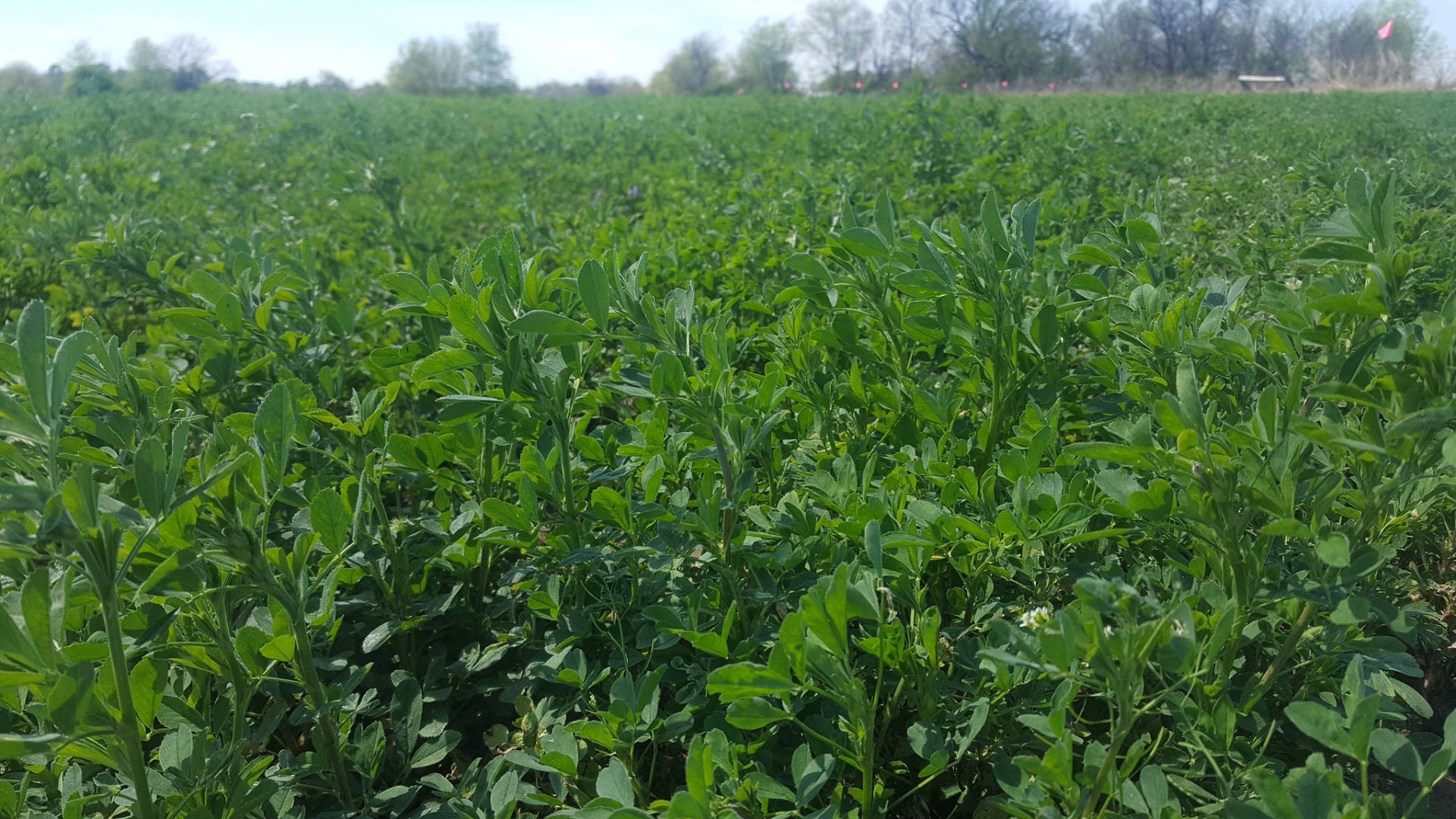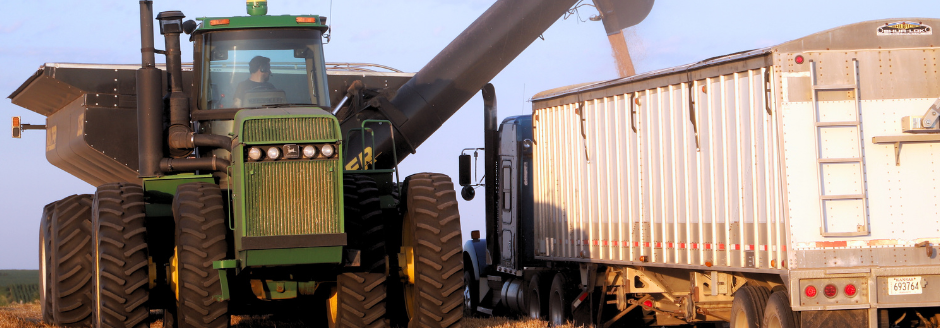When assessing freeze damage early in the season, it’s important to consider several variables, according to E-Forage Seed Company, based in Newton, Kansas.
Here are a few key factors to keep in mind: Freeze damage can occur at temperatures between 24 to 35 degrees Fahrenheit, especially when reaching or dropping below 24 degrees. The severity of the damage is not solely determined by temperature. The alfalfa canopy and its thickness can help insulate the main part of the plant, particularly if soil temperatures are relatively warm. Additionally, soil moisture plays a role in the extent of the damage.
At temperatures near the freezing mark, you may notice only minor damage, such as burning of the top part of the canopy, with leaf edges being the most affected. In these cases, not much action is required, the newsletter notes. If damage is less than 30% to the leaves and stems, you can typically maintain your regular harvest schedule. Initial signs of damage include wilting leaves and curved stems. Keep in mind that it may take two to four days to accurately evaluate the extent of the damage.
If temperatures drop below 24 degrees for a prolonged period, damage to the stems may occur. It’s crucial to evaluate each part of the plant, as the treatment protocol will vary. If both leaves and stems are damaged, it may be necessary to harvest the plant material to promote regrowth, E-Forage Seed Company noted.
Early harvesting might be essential to encourage the next cutting to take place. In severe cases where the crown of the plant has been significantly damaged, the entire stand may be lost. Crown damage can become visible within a few days. To assess the crowns, look for discoloration; healthy crowns should be white, while damaged crowns will appear brown or wilted.
Other considerations and situations
- For new seedings, watch for wilting and blackening of leaves. New seedlings can tolerate relatively low temperatures before the first trifoliate leaves appear.
- Grazing alfalfa after a freeze can increase the risk of bloat. It’s advisable to wait seven to 10 days following a freeze before resuming grazing.
- Studies from California suggest that glyphosate-resistant varieties may be more susceptible to freeze damage, especially after Roundup has been applied.
- While low lignin varieties may not experience more freeze damage, they might have more difficulty recovering due to the lower lignin content in their stems. If these varieties do not stand back up after frost, they may need to be harvested.
- Be cautious of weevil infestations, which can increase rapidly in alfalfa affected by frost. Initial damage might be mistaken for frost damage, but weevil feeding will create holes in the leaves, while frost damage typically does not.
- For more information, visit https://publications.ca.uky.edu/sites/publications.ca.uky.edu/files/AGR236.pdf
For more information, call 800-806-2215 or [email protected].




